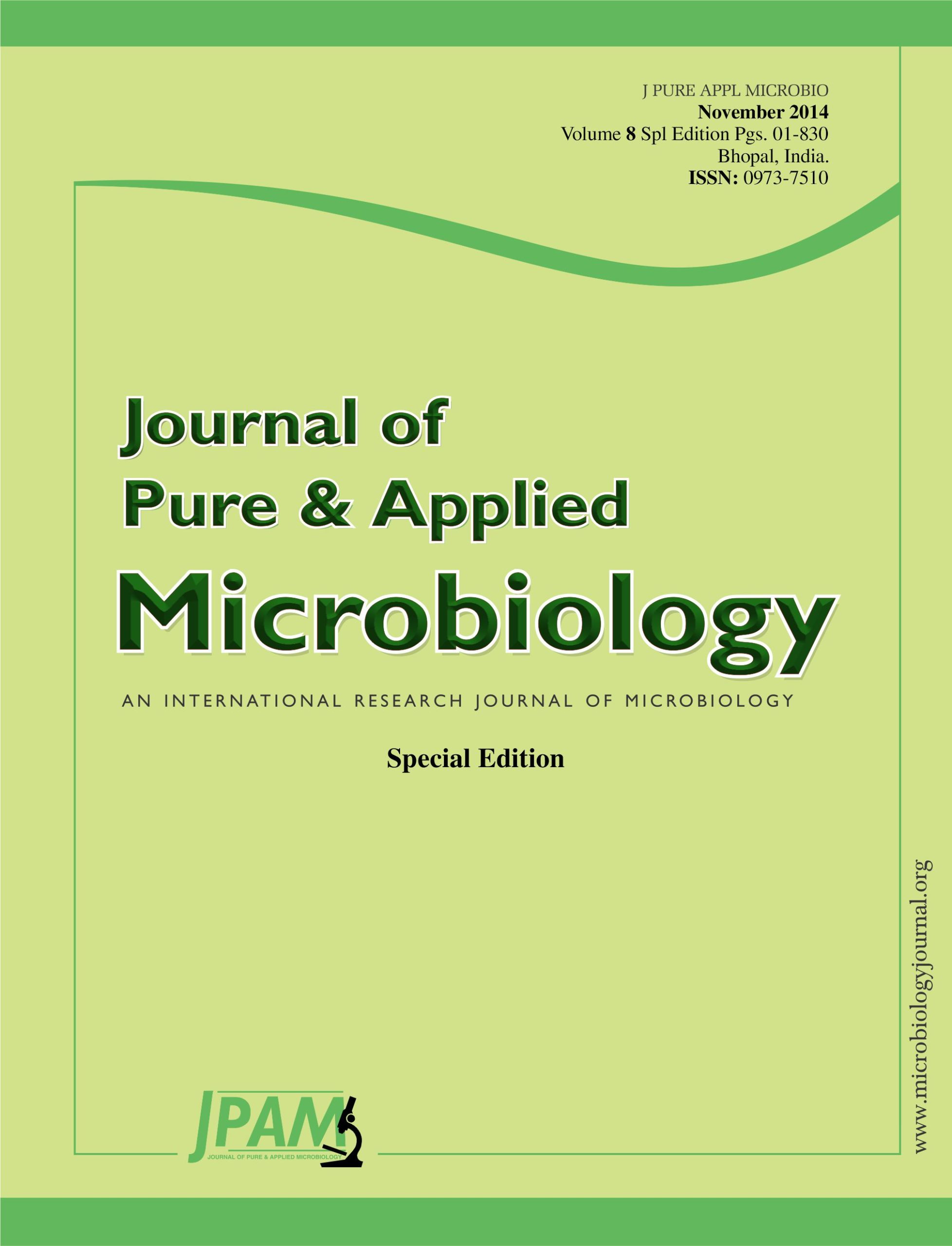Ten fungi belonging to five genera were isolated from barley (Hordeum vulgare L.) grain samples collected from different markets at three main regions of Saudi Arabia. The average of mycotoxigenic isolation frequencies were Aspergillus (29.5%), Fusarium (35%), Alternaria (13.2%) and Penicillium (10.9%). Thirteen isolates of Aspergillus flavus were screened by HPLC for their ability to produce aflatoxins (AFs). The percentage of aflatoxigenic A. flavus isolates were 61.6%, eight isolates were produced AFs. Random amplified polymorphic DNA (RAPD) and Inter simple sequence repeat (ISSR) DNA markers were used to genetically characterize strains of A. flavus and to discriminate between the aflatoxigenic and non-aflatoxigenic isolates. RAPD and ISSR analysis revealed a high level of genetic diversity in the A. flavus population, which was useful for genetic characterization. The RAPD and ISSR markers could not discriminate between aflatoxigenic and non-aflatoxigenic isolates, but the ISSR primers were somewhat better.
Aspergillus flavus, Barley, Aflatoxin, HPLC, RAPD PCR, ISSR PCR
© The Author(s) 2014. Open Access. This article is distributed under the terms of the Creative Commons Attribution 4.0 International License which permits unrestricted use, sharing, distribution, and reproduction in any medium, provided you give appropriate credit to the original author(s) and the source, provide a link to the Creative Commons license, and indicate if changes were made.


